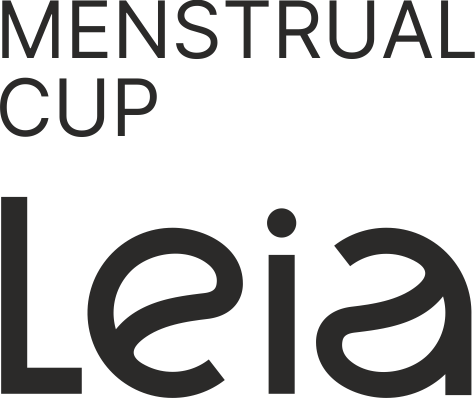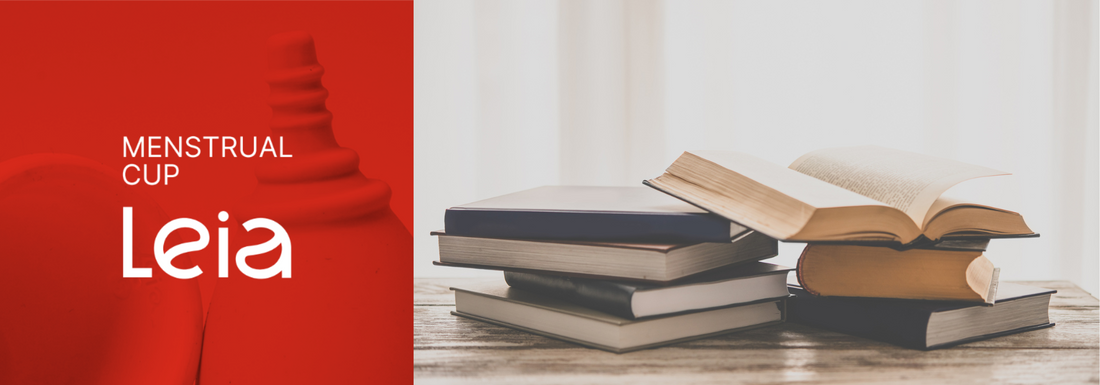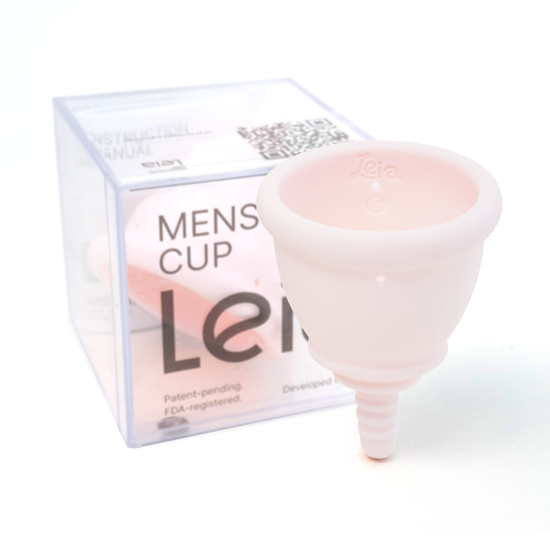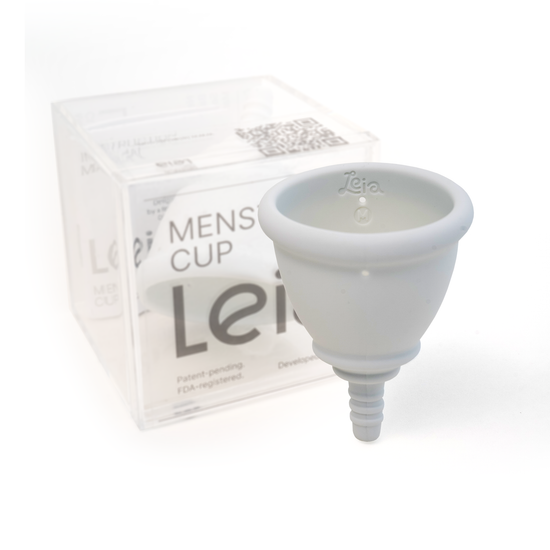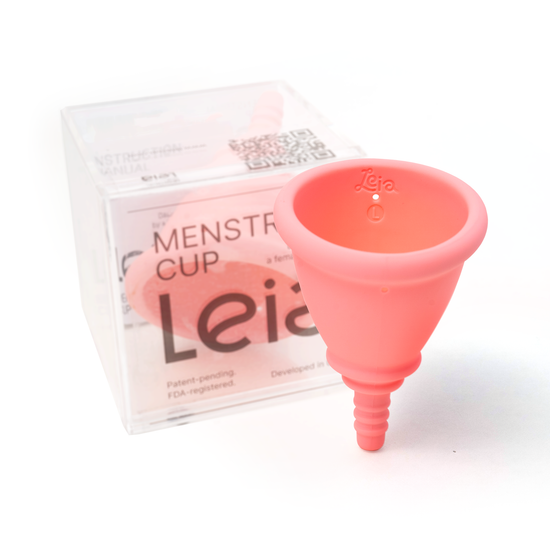Menstrual cups not only provide a sustainable solution for managing periods but also play a vital role in sustainable menstrual education and breaking taboos surrounding menstruation. By promoting open conversations, knowledge sharing, and empowerment, menstrual cups contribute to a more inclusive and informed society. In this article, we will explore how menstrual cups support sustainable menstrual education and help break the taboos associated with menstruation.
Normalizing Menstrual Conversations
Menstrual cups foster open conversations about menstruation, breaking the silence and stigma that often surround this natural bodily function. By using cups, individuals are encouraged to discuss their experiences, concerns, and questions related to menstruation. This normalization of menstrual conversations helps create a supportive environment where information is shared, and individuals can feel comfortable discussing their menstrual health.
Empowering Menstrual Health Knowledge
Using menstrual cups encourages individuals to educate themselves about their menstrual health. Cups require understanding of one's anatomy, proper insertion and removal techniques, and maintenance practices. This empowers individuals to learn about their bodies, menstrual cycles, and overall menstrual well-being. Sustainable menstrual education promotes knowledge that extends beyond cups, empowering individuals to make informed choices about their menstrual care.
Challenging Menstrual Stigma and Myths
Menstrual cups challenge societal taboos and myths associated with menstruation. By openly discussing and using cups, individuals defy misconceptions and break through the barriers that perpetuate menstrual stigma. Cups showcase a sustainable and practical alternative, highlighting the normalcy of menstruation and encouraging others to question cultural norms and societal expectations.
Promoting Inclusivity and Accessibility
Sustainable menstrual education using menstrual cups emphasizes inclusivity and accessibility. Cups are available in various sizes, accommodating different anatomies and flow levels. This focus on diversity ensures that all individuals, regardless of age, body type, or background, can find a cup that suits their needs. By promoting inclusivity, menstrual cups contribute to a more equitable approach to menstrual care and education.
Engaging in Environmental Conversations
Menstrual cups are a tangible representation of sustainable menstrual practices. They reduce waste by eliminating the need for disposable products and contribute to reducing the environmental impact of menstruation. By using cups, individuals actively engage in environmental conversations, advocating for eco-conscious choices and sustainable living. This connection between menstrual cups and environmental awareness promotes broader discussions about sustainable consumption and waste reduction.
Supporting Menstrual Equity
Sustainable menstrual education with menstrual cups supports menstrual equity initiatives. By addressing taboos, sharing knowledge, and providing sustainable alternatives, menstrual cups promote equal access to menstrual care. They empower individuals, regardless of their socioeconomic status, to manage their periods with dignity and choice. By advocating for menstrual equity, cups contribute to breaking the barriers that hinder individuals' access to menstrual products, facilities, and education.
Menstrual cups are more than just sustainable menstrual products—they are catalysts for sustainable menstrual education and breaking taboos. By fostering open conversations, empowering individuals with knowledge, challenging stigma, promoting inclusivity, engaging in environmental discussions, and supporting menstrual equity, cups contribute to a more informed, inclusive, and sustainable society. Let us embrace menstrual cups as a tool for change and use them as a gateway to sustainable menstrual education, breaking the taboos that hold us back.
